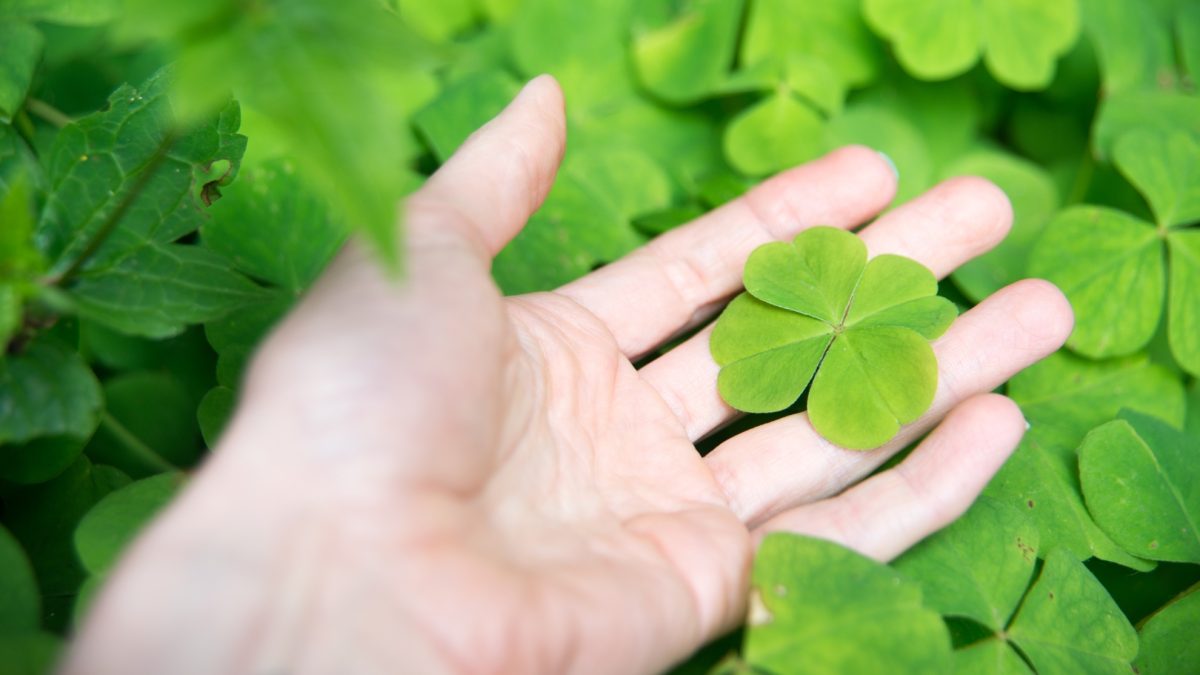
New Year’s is typically celebrated with family gatherings, large dinners, laughter from loved ones, fireworks, and champagne in the United States. While New Year’s is similar in these aspects around the world, what do New Year’s traditions look like in other countries?
United States:
One of the most well-known traditions in the USA is watching the ball drop in Times Square. People often come up with New Year’s resolutions, exchange a midnight kiss with their partners, and make a toast to celebrate the good memories from the past year.
Australia:
On New Year’s Eve, people are seen walking across the street while holding either pots or spoons, trying to be as loud as possible to attract good luck and drive away evil spirits.
Mexico:
Mexicans enjoy a pastry called buñuelos, which are crispy fritters drizzled with syrup or powdered sugar. This tradition dates back to the Aztecs, who believed that the circular shape of the buñuelos resembled the sun and brought good luck. They are often served in a ceramic dish, which is then smashed to symbolize letting go of the past and welcoming new beginnings. Some drink champagne with a ring at the bottom of the glass to bring positivity to their love life. However, the person must finish the champagne and hug everyone in the room before removing the ring from the glass.
Ecuador:
One of the most well-known traditions in Ecuador is called Año Viejo, which translates to “Old Year.” This tradition involves creating a dummy stuffed with paper and cardboard scraps. The dummy is then dressed in old clothes and set on fire at midnight. The dummy needs to be completely burned; according to legend, if it is not, past hardships will return. These dummies are accessorized with masks that can range from political figures to animated cartoon characters.
Japan:
In Japan, people deep clean their homes and hang newly made decorations made from shinto rice, straw rope, pine twigs, and shide to keep bad spirits away. They also send New Year letters, known as nengajo to family members. These letters often feature the animal zodiac symbol of the year and are sent as a sign of gratitude, however, these letters are not sent to families who have lost loved ones throughout the year. New Year’s Day is an exciting time for Japanese children and young adults, as they receive money as a gift for their school efforts. In the Buddhist religion, a bell at temples is rung 108 times before the clock strikes midnight to ring out the old year.
Italy:
Throwing old objects out of the window symbolizes new beginnings and letting go of the past. It has been said that the sound of these objects hitting the ground scares evil spirits away. It’s also believed that wearing red undergarments is believed to bring good luck and fertility. Lastly, eating grapes at midnight is also a tradition for attracting good fortune in the new year.
Philippines:
In the Philippines, people celebrate the New Year with a festive feast that typically includes roasted pork and noodles. They also prepare 12 round fruits to represent each month of the year. To drive off evil spirits from the upcoming year, they make loud noises by firing fireworks or banging pots and pans together. Clothing choices often include polka dots, as circles symbolize prosperity. Lastly, Filipinos jump at midnight to symbolize their hopes of growing and thriving in the new year.
Turkey:
In Turkey, people wear red on New Year’s to attract luck and fertility. They place salt on their doorsteps to invite abundance and go for a walk to symbolize good travels in the upcoming year. They also play the lottery in hopes of winning but also simply for entertainment.
France:
In France, the New Year is celebrated with an evening dinner called the Réveillon Feast. Families gather to enjoy a meal that typically includes oysters or other seafood, egg dishes, pudding, and champagne. One of the traditions associated with this celebration is known as “premier pied,” or first-footing, where the first person to enter a home after midnight must bring bread, salt, and champagne. When the clock strikes 11:59 people go to see a displayed countdown at the Arc de Triomphe.
Spain:
In Spain, people wear red undergarments to attract love in the upcoming year or yellow to bring good luck. In Madrid, crowds gather around the Puerta del Sol to watch the clock strike midnight and afterward eat twelve grapes, symbolizing good fortune for each of the next twelve months.
Greece:
In Greece, people celebrate the new year with light soups, baked pastries, and Raki, a homemade alcoholic drink. One popular baked pastry is called vasilopita, which contains a hidden coin. The person who finds the coin in their slice is believed to have a prosperous year. Fun fact, January 1st is known as Greek name day, where anyone named Vasili or Vasiliki receives gifts from family and friends. Another tradition involves hanging a pomegranate above a door, at midnight, the fruit is then thrown at the door. The more seeds that fall out, the luckier the year is expected to be.
Germany:
Germans avoid eating fish on New Year’s because of Sylvester’s story, the tale of a pope who passed away the night of December 31 after choking on fish bones. Instead, they enjoy a traditional dessert called Pfannkuchen, which is a German pancake filled with fruit jams. Additionally, they pass around lucky charms made from marzipan, chocolate, or biscuits.
India:
In India, the New Year is referred to as Varsha Pratipada or Ugadi, depending on the region. People decorate their homes with rangolis and enjoy a traditional dish called Ugadi Pachadi. This dish symbolizes the different aspects of life through its various flavors—saltiness, sweetness, and bitterness.
Brazil:
Some Brazilian traditions for New Year’s Eve include stepping onto higher platforms and then stepping down with the right foot when midnight strikes. Some families jump over seven waves at the beach as a ritual for good luck and strength. People are also seen releasing flowers into the ocean as offerings to Lemanjá, the goddess of the sea, these gifts are intended to request good energy and spiritual purification. Many also wear white to symbolize peace and purity.
Poland:
On this day, Poles are known for pranking their neighbors in their village by stealing gardening tools or smudging their windows and door knobs with tar. Some people can even be seen carrying a crab scale in their wallets, as it’s believed to bring them a prosperous year. Many open their doors and windows to shoo away the troubles of the past year. It’s also common for them to pay off their debts to ensure a trouble-free new year.
Egypt:
On New Year’s Day, the first visitor to someone’s home is believed to determine whether the rest of the year will be lucky. If the first visitor is a tall, dark-haired man, consider it to be a good year. Similar to other cultures, eating round foods like cabbage and black-eyed peas is thought to bring about a well-rounded and wealthy year.















